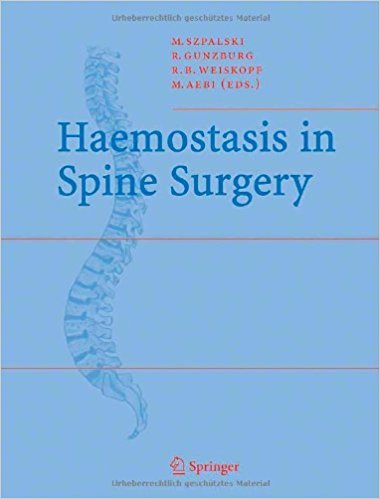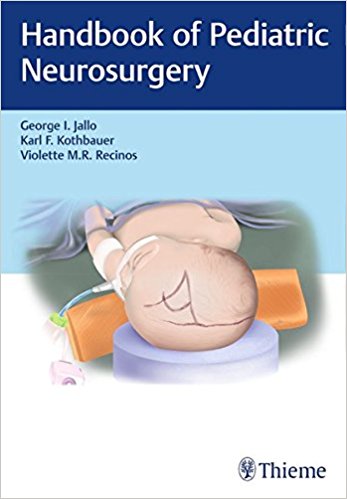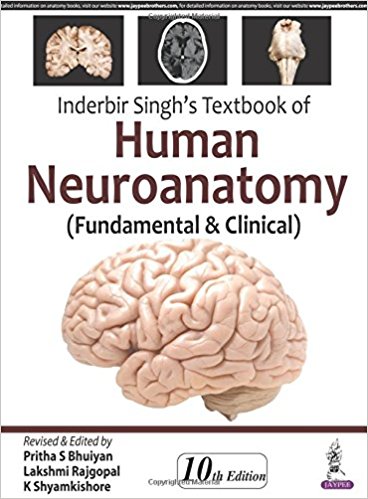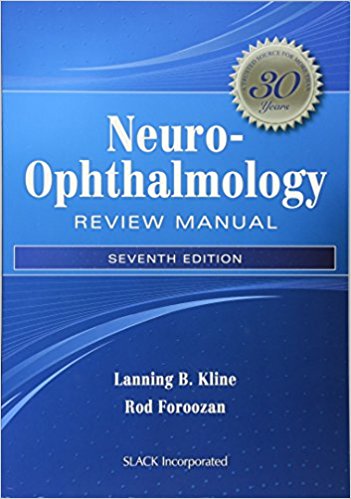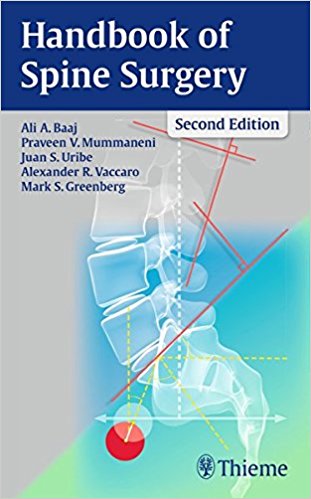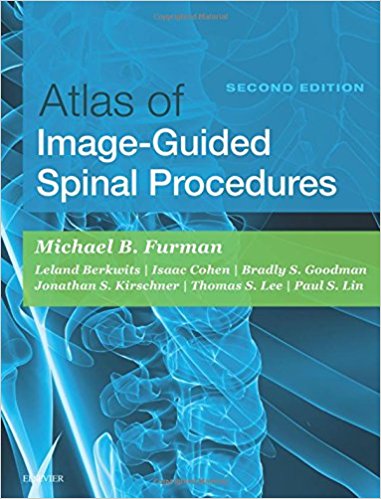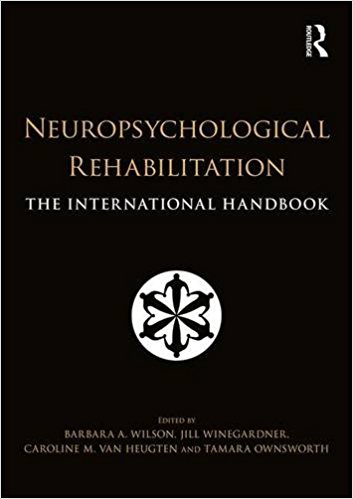Minimally Invasive Spine Surgery: A Surgical Manual 2nd Edition

[amazon_link asins=’3540213473′ template=’ProductAd’ store=’aishabano-20′ marketplace=’US’ link_id=’f5584ecc-56b3-11e8-ae61-9faebc0b54a4′]
Don’t miss it! The second, completely revised and expanded edition of the successful surgical manual on minimally invasive spine surgery includes 51 chapters (including more than 20 new chapters) covering all current minimally invasive techniques in spine surgery. A complete survey of all microsurgical and endoscopic techniques with a special focus on semi-invasive injection techniques for diagnostic and therapeutic purposes in low back pain is given. The clear chapter structure with terminology, history, surgical principles, advantages/disadvantages, indications, access principles, complications, and results facilitates navigation through the manual. Topics include the principles of microsurgical and endoscopic treatment, spinal navigation and computer-assisted surgery, minimally invasive reconstruction, fusion, dynamic stabilization in fractures, degenerative disc disease, spinal stenosis, low back pain and deformities. The didactic presentation of surgical steps makes the reader familiar with all types of new minimally invasive techniques in clinical use or still in ongoing clinical trials such as minimally invasive spine arthroplasty.

